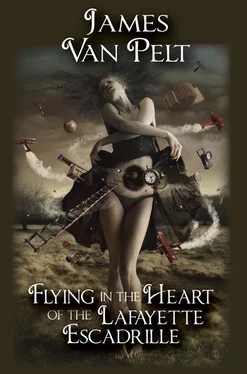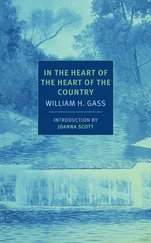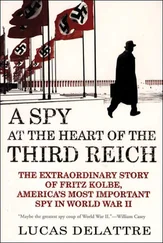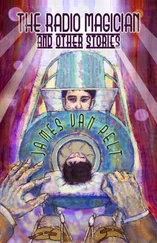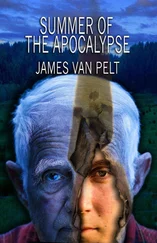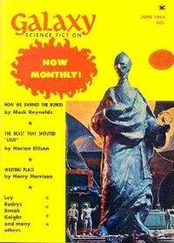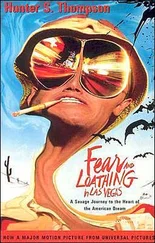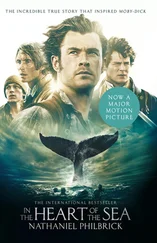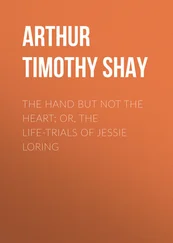It made me think of Ireland’s St. Brendan who fifteen hundred years ago wrote a book called Navigation describing his search for the Isle of the Blessed. Some people claimed Brendan discovered the Americas, but he never wrote about sea sickness, so I think he made it up.
I clamped my teeth tight on lunch from three days earlier, and concentrated on remembering I was going to Seguela’s diamond fields to save lives. We’d heard rumor of children toiling in the pits, digging with pikes and shovels for starvation wages. So I told my friends goodbye at Greenpeace Australia where I’d been interning and caught an empty freighter bound for Cote d’Ivorie and the port of Abidjan. You’re too young, they said, too inexperienced. Real activism, I told them, is an individual affair. They shook their heads, thinking my idealism hung on my sleeve. Among the fanatics, I stood out, but I’d always been that way. In first grade I collected crushed aluminum for the poor. My favorite magazine in middle school was the Red Cross’s in-house newsletter. The knowledge someone somewhere is suffering keeps me awake at night. Nothing is distant for me. It’s next door. It’s not religion. I’m not religious, but all my heros are saints.
He’ll mellow when he turns thirty, one said. But somebody has to record abuses. My cameras were buried deep in my duffle, along with a tape recorder and notebooks.
Immigration gave me a bother about my passport—too many stamps in six months. The introductory letter from Human Rights International didn’t carry any weight; neither did the pledge of cooperation from the Seguelan authorities, so I convinced them with smiles that a terrorist or drug runner would not go from America to Greenland to Brazil to Australia and then to Africa. A little cash under the table could have saved me twelve hours, but I preferred not to contribute to civil corruption. They interrogated me in an air-conditioned office high above the street. Everyone behaved civilly, very proper. Gray three-piece suits over white shirts. Red ties. “Stay out of Treichville and Adjame after dark. There are muggers,” the cinder-black custom’s official told me in French much better than mine as he handed back my visa. “What do you hope to do in Seguela?”
“Photojournalism.”
“Watch for the old people.” He grinned politely, white teeth flickering, as he okayed my papers.
I must have looked puzzled.
“Old people. The traditionals. We are near upon Dipri, the new year celebration. It’s a time for magical powers. There will be panther men.”
A dozen skyscrapers blocked the noon light in the window behind him. Even through soundproofed glass, the afternoon traffic rumbled. This was modern Africa, the former Ivory Coast, among the most progressive nations on the continent. Poverty I expected, crime too, but not superstition. I nodded my head and thanked him, almost falling when I stood up. Funny, now I walked on land, the Earth still moved.
A train took me from Abdijan inward to Yamousoukro, about a three hour trip, which I thought would be a pleasant change from the freighter, but brightly dressed Ivorians overcrowded the car, the women in bold printed blouses; the men’s shirts unbuttoned to mid-chest. The windows were down, blowing in swampy air, hot as a sauna, like a steaming washcloth across the face. I breathed through my mouth, pressed between two huge women on a bench seat built for two. The one on my left languidly dipped her hand into a paper bag between her legs to dig out what looked like a dollop of peanut butter and smelled like rancid banana, then smeared it on her gums. She sucked at it for a while before going back to the bag. The one on my right lolled off to sleep as the train pulled from the station and fell against me. For charity’s sake, I supported her. She’d have flopped right to the floor if I moved.
From Yamousoukro, I took a two-hour bus ride to Bouaflé, where a representative from Seguela was supposed to meet me, but he didn’t show up. I decided to wait. The saints were patient. Many worked for years without success. Like St. Francis de Sales, they persevered. In 1600 he decided to convert 60,000 Swedish Calvinists. He brought 40,000 back to the church. I made my duffle into a pillow and rested. By then, late in the evening, there was no transport north until morning. I slept on the depot’s floor between a wall and a bamboo baggage cart. Something in a suitcase a foot from my head kept slithering. I drifted off anyway.
My contact found me in the morning. “Mr. Andrew Baily, of the bleeding heart liberal press, I presume,” he said pleasantly in English with a French accent. I saw his clay-coated boots first. He crouched before me, soiled blue jeans tucked into the boots, flannel shirt without sleeves straining to hold in his gut, sun-leathered face, maybe forty, sunglasses, a Cleveland Indians baseball cap. Brown teeth. “I am Marcel Devoe, of the blood sucking, imperialist European diamond cartel. Assistant to the assistant crew chief for Seguela mining. Can I get you some breakfast?”
He treated me to kedjenou, a chicken and vegetable jumble sealed and cooked in banana leaves. We ate in the depot’s café, sitting in bright orange, molded plastic chairs.
Devoe said, “This is not a good time for you to come. The celebration days are here, and the Mandés and the Wè tribesmen get lazy. They’re from Ghana, you know. No work there. They dig slower the closer we get to La Fête de Diamants.”
I raised my eyebrows.
He struggled for an English word, “A holiday… a vacation day… I do not know the word. On the new year’s day, the employees can keep one diamond they find. It’s a tradition from the DeBeer time.”
“That’s generous,” I said through a kedjenou mouthful. “A diamond for each.”
He smiled. His teeth were discolored.
“No, no, no. One diamond for all, the best one, except the Seguela mines have given nothing but industrial grade stones for years. Still, they hope for another Light of Peace.” He dismissed the hope for a worthwhile diamond with a derisive snort.
“I don’t know that one.”
“The last big stone, 434 carats in the rough, found in Sierra Leone thirty years ago. Nothing like the Cullinan, 3,106 carats, or the Excelsior at 995 carats. You’d think that must be huge. It’s not! The Cullinan was no bigger than a woman’s fist, a little glass potato. But who dreams of those? Diamond mining is ditch digging. So many hundred ore buckets produce so many tiny, flawed stones, only good for saw blades and polishing dust. No, the real money is in production, and the workers give up a good day to hunt for a grand gem to retire on. Listen to them; they already know what color BMW they will park in garages they don’t have. Every hut with a TV and microwave. Stupid workers. If they found such a stone, what makes them think the company would let them keep it?”
“Wouldn’t they?”
He shook his head, as if his mind already lingered on different things. Perhaps he mourned the lost work day.
His car, a rusty little coupé with a Korean name I didn’t recognize, rattled at even low speeds and had no shocks, so every pebble jarred us as we drove north. The de la Maraoué National Forest passed to our west, an impenetrable leafy wall exuding green smells and piercing monkey shrieks. To the east, though, stretched flooded coffee fields punctuated with occasional tin-roofed sheds as far as I could see. Devoe rolled a joint with one hand and held it out to me. I shook my head. He said, “I’m supposed to offer you a bribe, too, so you will write pleasing articles. It’s standard procedure. Money? Drugs? Women? No? Well, I thought not.” He didn’t look surprised or upset.
He waved toward the jungle. “There’s a fortune in timber in there. If you bleeding hearts would leave us alone, we’d be rich men. The entire country used to look like that, impassable with trees. Gold mines with bark.” He pointed his chin at the fields as we passed five children sitting by the road, their black skin splotchy with mud. “Money when they knocked the trees down, and crop money every year since.”
Читать дальше
